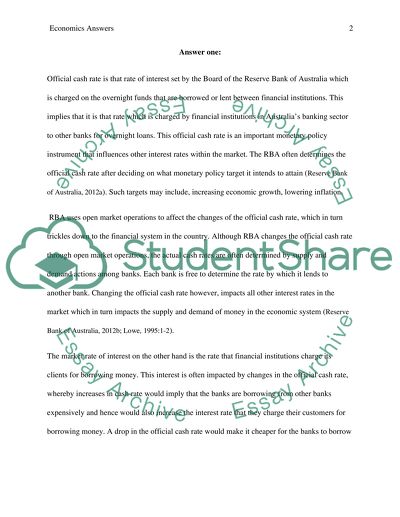Cite this document
(“Monetary policy Essay Example | Topics and Well Written Essays - 1250 words”, n.d.)
Monetary policy Essay Example | Topics and Well Written Essays - 1250 words. Retrieved from https://studentshare.org/macro-microeconomics/1456788-macroeconomic
Monetary policy Essay Example | Topics and Well Written Essays - 1250 words. Retrieved from https://studentshare.org/macro-microeconomics/1456788-macroeconomic
(Monetary Policy Essay Example | Topics and Well Written Essays - 1250 Words)
Monetary Policy Essay Example | Topics and Well Written Essays - 1250 Words. https://studentshare.org/macro-microeconomics/1456788-macroeconomic.
Monetary Policy Essay Example | Topics and Well Written Essays - 1250 Words. https://studentshare.org/macro-microeconomics/1456788-macroeconomic.
“Monetary Policy Essay Example | Topics and Well Written Essays - 1250 Words”, n.d. https://studentshare.org/macro-microeconomics/1456788-macroeconomic.


